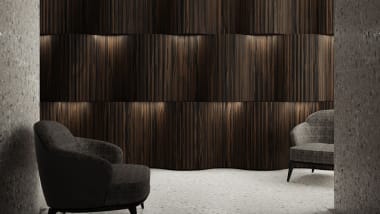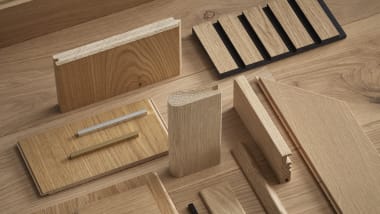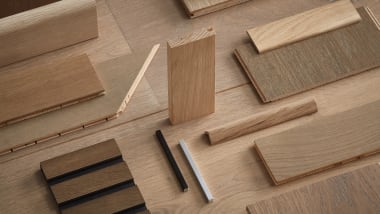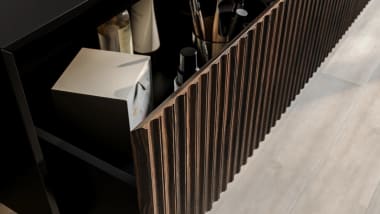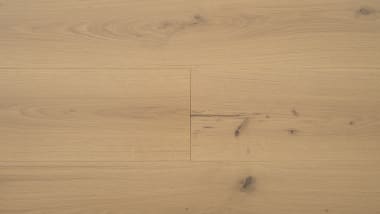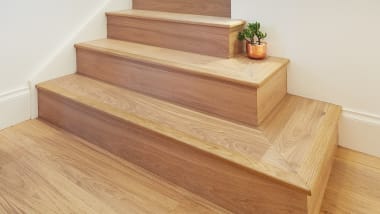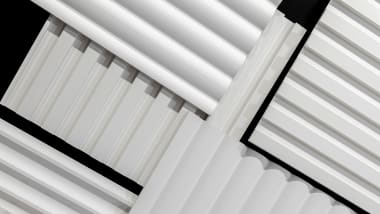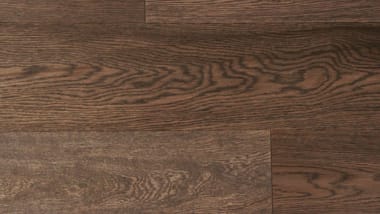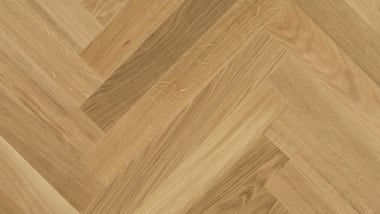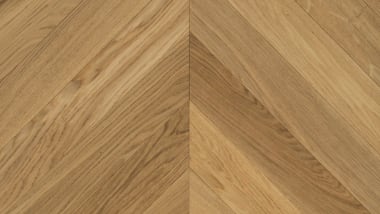A Guide to Specifying Timber Flooring
When selecting something as important to your space as the flooring – the very foundation of a rooms look, feel and function – it is critical that the product selected delivers both the aesthetic quality sought and the performance required for function and durability.
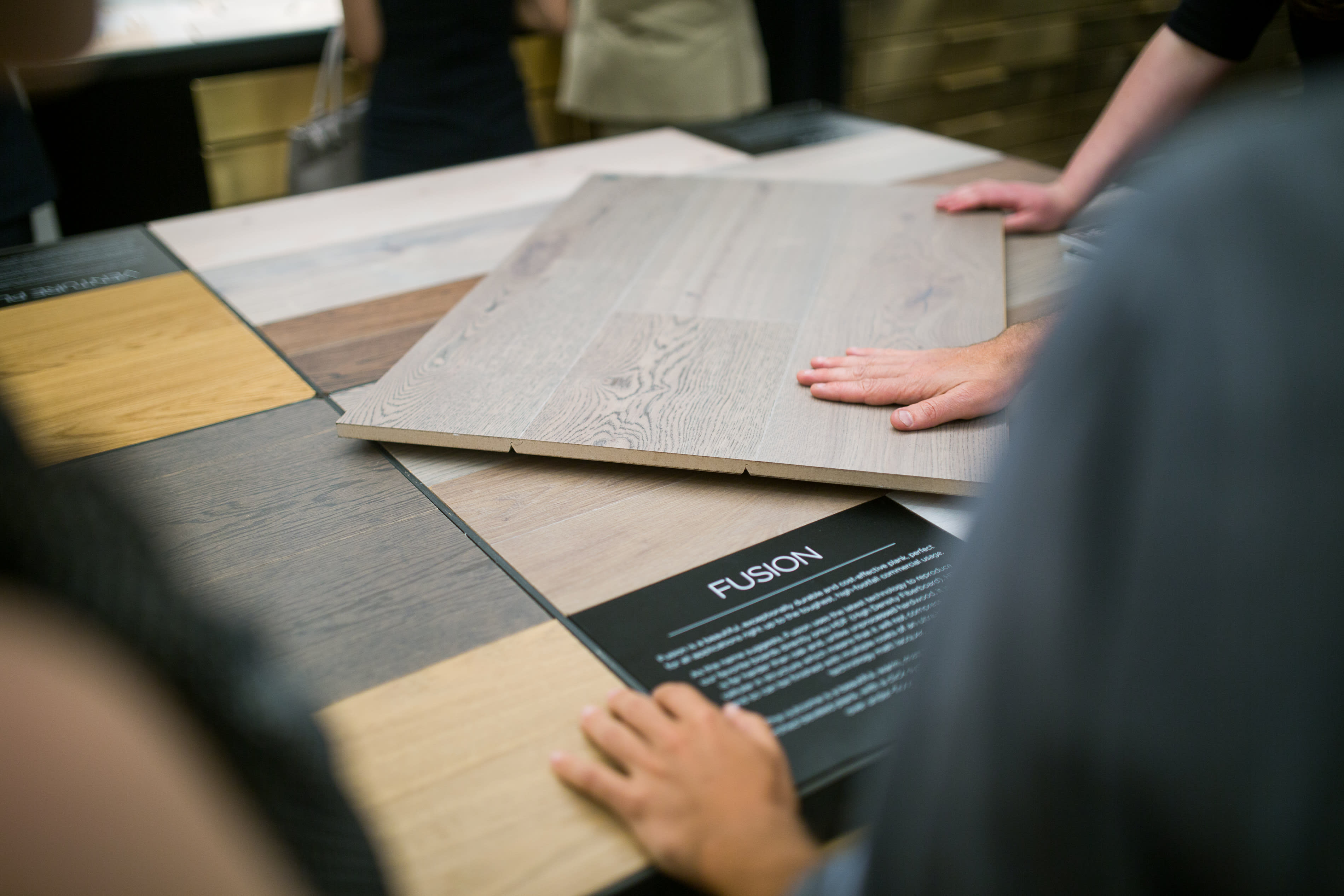
Appealing to both a green conscience and design sensibility, engineered timber floors combine the look and feel of solid hardwood floors with the performance and versatility of contemporary construction materials. They are a sustainable, high quality and durable real wood alternative to solid timber.
As with any market, there is a wide scope of engineered timber flooring products currently available, and as such the performance capabilities and lifespans of the products vary greatly. Below is a list you can use as a guide to engineered timber flooring – a few of the considerations to make when comparing and selecting your engineered timber flooring that will help you to ensure you select a product that is truly fit-for-purpose for your projects needs.
Quality
Quality is important when specifying any product, but as flooring is underfoot, it is particularly critical that the product is durable and capable of withstanding the wear and tear of everyday life. Three key components of engineered timber flooring are its materials, construction and glue.
Materials
It is important to ensure that the top layer and substrate of wood that constitutes the engineered product is of a high quality. Although engineered timber flooring is much more stable than solid wood flooring, it is still important to ensure that the backboard of the cross-laminated product is durable to avoid cupping or bowing.
Construction
It is important to be mindful that even high quality materials are quickly undermined by poor construction. A products’ craftsmanship and integrity is the major determinant of its performance; finding products that have been well cut, glued and sanded will improve their longevity in terms of both aesthetics and function.
Glue
Delamination, or the separation of wood layers within the timber flooring, is caused by low-quality glue and uneven application. In this event, the product is jeopardised by both a low-quality material and poor construction. Suppliers with an established reputation and transparent manufacturing processes tend to have the most reliable construction quality and are most likely to provide a high-quality product.
Finishes
A range of different finishes including – but not limited to – oiled or lacquered finishes are applied to engineered timber flooring to enhance the performance of the product in terms of its compliance, longevity, and low maintenance. Different finishes and finishing technologies will effect the durability, maintenance and longevity of your floor. Speak with the supplier for information on the properties of the finish used on the product you select.
Slip Resistance
Depending on the environment your flooring is being installed in, slip resistance can often be an important consideration. Different finishes and quality of finishes have varying slip resistant properties. Request slip resistance certification for products you are selecting to ensure they are compliant with your project needs.
Acoustic Performance
As with slip resistance, acoustic performance can be a factor in many projects. As housing becomes ever more dense, the ability to absorb sound becomes more important. Timber flooring is able to meet acoustic requirements with the aid of an appropriate underlay material, designed to optimise acoustic performance. You can view Havwoods underlay options here.
Care & Maintenance
Lasting appearance and minimal care requirements is the ideal combination for a flooring product. Unlike conventional surface treatments, which require considerable maintenance expenditure in periodic re-finishing, many high quality engineered timber flooring products utilise modern technology to deliver finishes that deliver exceptional durability. Check the properties, care and maintenance required for products you select to ensure they align with your requirements.
Sustainability & Health
There are a number of independent bodies that regulate claims of sustainability, the following being the most common:
- Forest Stewardship Council (FSC® certified)
- Good Environmental Choice Australia ( GECA – Australia’s only independent, not-for-profit, multi-sector sustainability and environmental certification program)
- Program for the Endorsement of Forest Certification (PEFC™)
- Cradle-To-Cradle Certified
These four certifications in particular indicate that the timber has been sustainably sourced.
Some engineered timber flooring products contain recycled content, while others contain material that can be recycled at the end of the product’s useful life.
The manufacturing process of producing timber uses less energy than most other building materials, including metal, concrete and even dimensional lumber, resulting in fewer emissions into the atmosphere.
Timber flooring also has the added benefit in that it does not trap pet dander, pollen, dirt, dust and other allergens that other floorings such as carpet tend to trap. This creates a safer, healthier air environment, particularly for inhabitants who may suffer from allergies.
In addition to helping to maintain your physical health, choosing timber can positively impact your mental health! Studies have shown that use of real wood in interior schemes has a similar stress-reducing effect to nature itself and that the favourable effects cannot be replicated with imitation timber-look products.
We hope the above list helps to give you a guide to engineered timber flooring. An idea on what matters to you and your project and where to start with considerations to make when selecting the perfect product to suit your needs. If in doubt, or if you require further information at all, feel free to get in touch and speak with one of our consultants.



